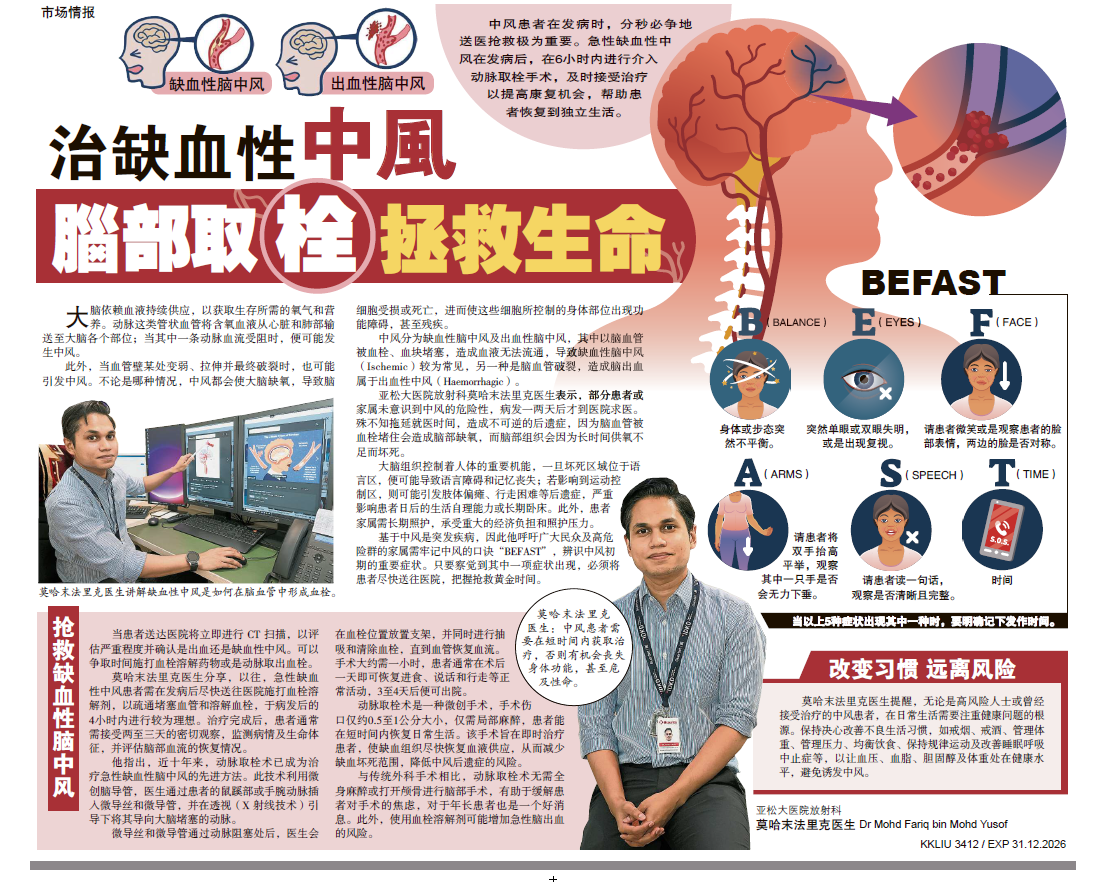Many individuals lead a sedentary lifestyle, thus increasing the risks of potentially fatal diseases. Certain physical changes are associated with ageing, but more people are starting to realise that some changes that we used to think are signs of ‘normal’ ageing are actually the result of disease, the environment and lifestyle.
Therefore, by controlling our actions, we have the power to prevent or slow down some physical changes. Let’s face it….ageing is inevitable, but quickly losing our attractiveness, health and quality of life is not!
A Harvard University study has shown that individuals who were active in their youth but gave up exercise as they became middle-aged have higher rates of morbidity and mortality, in comparison to individuals who start exercising in later years but maintained this lifestyle. So the good news is that it is never too late to start an exercise programme!
What’s more, you can look 9 years younger than someone who did not exercise regularly. Research has proven that telomeres, which cap the end of chromosomes in cells, shorten with age, leaving people susceptible to cell damage, thus causing organs to fail, skin to wrinkle, eyesight/hearing fade and muscles to weaken. Exercise can slow down the shortening of telomeres and even reverse the effects to some extent.
Now I know that your enthusiasm is building and you are on the verge of getting off that couch today and putting on that workout gear! Whoa….slow down…..before embarking on any exercise program, please consult a doctor for a thorough physical examination first.
A physiotherapist may also be helpful in identifying physical limitations and help you design a specific exercise programme. This is to ensure that there are no underlying problems that may aggravate your condition. However, in general, most elderly individuals can exercise safely at low intensity levels.
For most elderly patients, any additional activity beyond their current level will be beneficial. They are also more likely to continue pleasurable activities, especially when carried out with friends, family members or a support group.
For example, social dancing, swimming or aqua aerobics are considered fun, interactive and a great way to keep the elderly active and motivated. So, let’s make that change today and choose movement for health!
Recommended levels of physical activity
Cardiovascular
FREQUENCY: 30 minutes on alternate days
Low to moderate intensity aerobic exercises
Strength Training
FREQUENCY: 3 times a week
A combination of 8 different exercises, repeated15-20 times
Balance/Flexibility Training or Weight Transferring Exercises
FREQUENCY: At least 2 times per week
Dynamic stretching should be done before exercise
Static stretching of major muscle groups (legs, back, arms) daily, afterexercise, when muscles are more pliable.
Examples of simple balance training exercises
 To progress from holding the chair with both hands to 1 fingertip, to no Hands, and finally with eyes closed
To progress from holding the chair with both hands to 1 fingertip, to no Hands, and finally with eyes closed
 Walking toe to heel in a straight line
Walking toe to heel in a straight line
Mobilising the Community

In conjunction with ‘World Physiotherapy Day’ this year (8 September 2014), Assunta Hospital’s Physiotherapy department highlighted the importance of movement and an active lifestyle in the community.
Physical inactivity is one of the leading risk factors in global mortality. Our goal is to maximise the nation’s movement potential and prevent or treat factors that inhibit the ability to move. Exercise has long been proven to provide a myriad of health benefits, especially in the elderly.
Effects Of Ageing

- Redistribution of fat from under the skin to deeper parts of the body, causing heart disease, fatty liver, etc.
- Diabetes
- Decrease of eostrogen during menopause causes a reduction in muscle tone, bone mass and other menopausal symptoms
- Decreased lean body mass
- Decreased flexibility
- Decreased Human Growth Hormone (HGH) levels
- Degenerative changes in the spine and joints
- Osteoporosis (brittle bone)
- Poor balance and joint proprioception, which may increase the risk of falls and bone fractures.
Keep the spirit alive!
Staying active is sometimes difficult without sufficient motivation. Here are some tips to stay motivated:
- Get an exercise buddy. If your spouse is not keen, start on your own until you find a partner where you can motivate each other.
- Start slowly. Being overly excited all at once might lead to injury or pain at the joints and muscles, which will set you back for a week or longer.
- Warm up before beginning and cool down after exercise.
- Choose the right age-appropriate exercise suitable for your lifestyle.
- Get involved in something that interests you, whether dancing, walking, cycling or swimming.
- Commit to a class. Having paid up makes you more inclined to follow through with your exercise plan.












